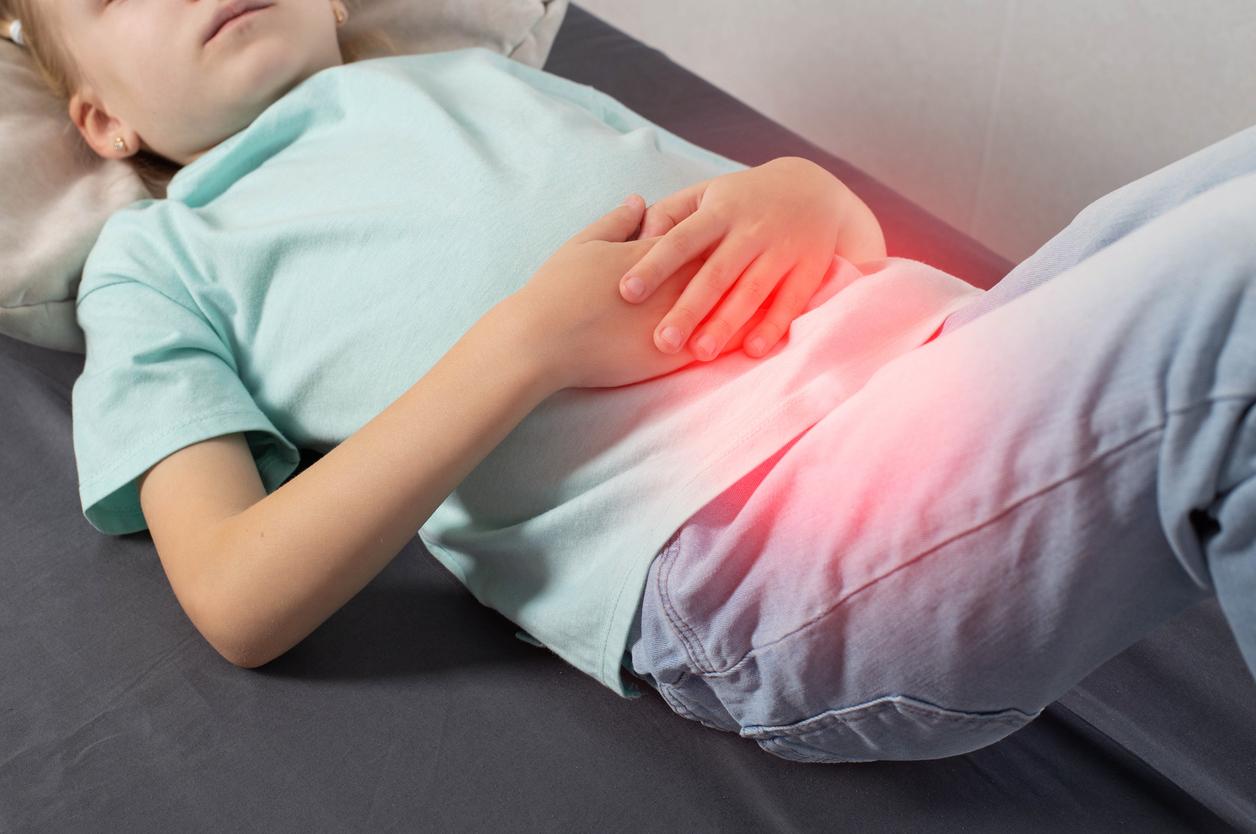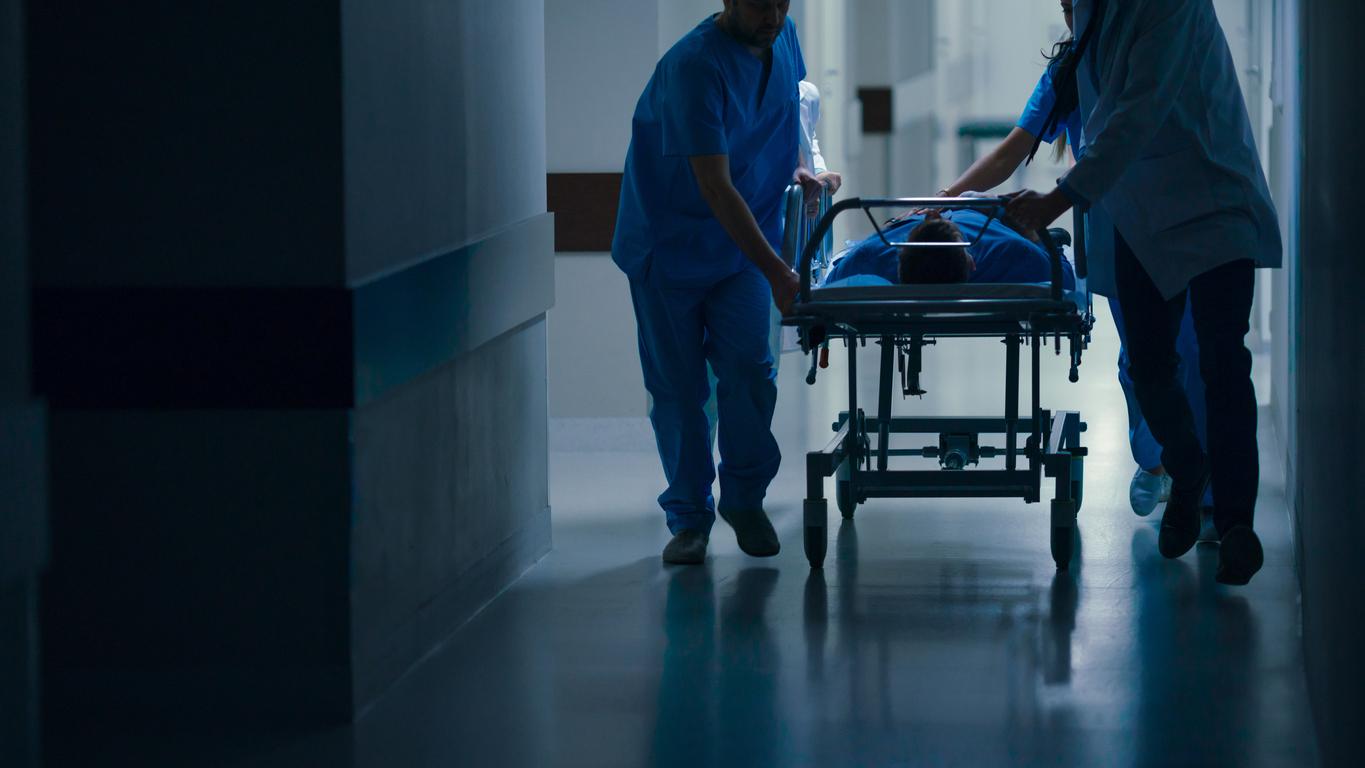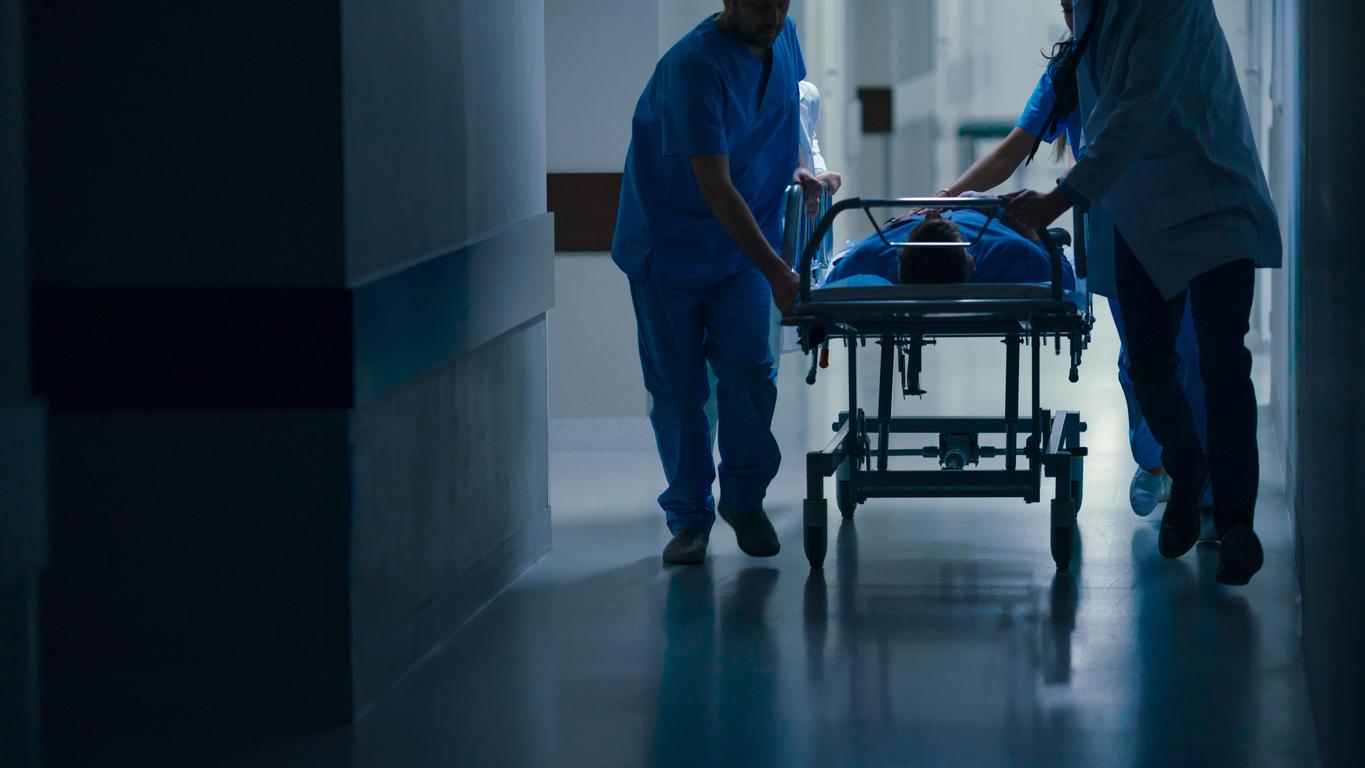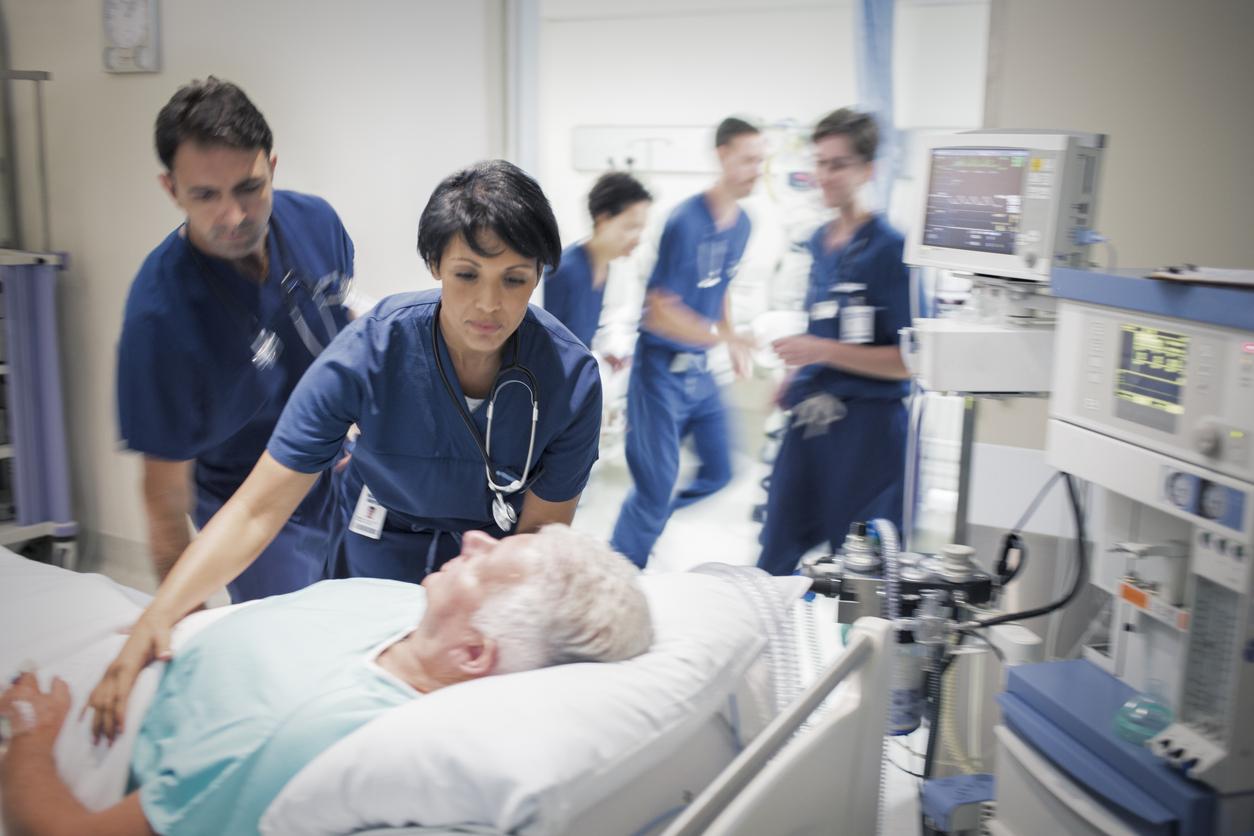HAS publishes an orientation report to develop methods to accelerate healing after major surgery.
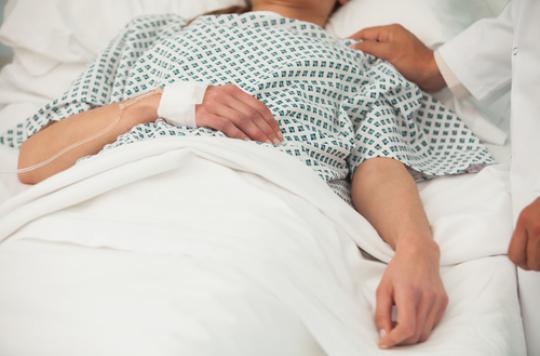
Those who have already undergone major life surgery know it: it is not a piece of cake. But there is a moment that can turn out to be even more unpleasant than these few hours of intervention: convalescence. The High Authority of Health (HAS) publishes this Monday a guide to improve and shorten post-surgical healing.
“Since the 1990s, experiments carried out in various countries have shown that it was possible to facilitate patient recovery,” explains the HAS, which wishes to promote the development of these programs in the region.
Reduced stays
These programs, which initially appeared in Denmark but have since been tested in many countries, considerably reduce the length of postoperative stays. (4.5 days for colorectal surgery, three days for knee and hip).
“Many factors affect and slow down the recovery of patients,” recalls the HAS first. Indeed, the duration and the quality of the healing vary according to the pain felt by the patient, his stress, his fatigue and his sleep, his diet …
“These factors are not inevitable, however. By acting on them, it is possible to shorten the length of hospitalization without increasing the risk of re-hospitalization, to reduce the occurrence of complications and to improve patient satisfaction, ”insists the HAS.
Prepare the intervention
“Often very simple” actions must therefore be implemented. The HAS recommends, before the operation, to prepare the patient physically and psychologically.
“Before the operation, it is advisable to carry out a specialized consultation with a nurse or a physiotherapist to inform and train the patient in the various stages of his operation, to anticipate the care after his return to his home and possibly to help him to improve his physical condition for the surgery (physical exercises, checking deficiencies, help with smoking or alcohol withdrawal, etc.) ”.
On the very day of the operation, the HAS recommends “reducing preoperative fasting as much as possible, ensuring sugars intake and not systematizing anti-anxiety drugs”.
“The least invasive possible”
During the operation, it is advisable to adapt the anesthesia and to be as less invasive as possible. “On the one hand, we must take into account the individual reactions to anesthesia: ensure the patient’s hydration, prevent hypothermia, use painkillers other than morphine as much as possible, prevent undesirable effects such as nausea. and vomiting.
On the other hand, it is advisable to favor the least invasive surgical techniques, to take into account the possible complications and to limit the use of probes and drains ”.
After the operation, it is necessary to “encourage the patient to get up and to feed early, while continuing to favor combinations of painkillers without morphine”. As soon as he is fit, the patient can “return to his home where everything has been prepared so that he can continue his convalescence in the best conditions of care and follow-up”.
Involve the patient
Various human and organizational parameters determine the success of enhanced recovery programs. The HAS thus insists on the importance of “developing a transversal operation between professionals of different disciplines, of guaranteeing coordination with town medicine and of adapting the organization of the establishment”.
For each surgical operation, treatment protocols must be developed to take into account the specificities of the pathology and the surgical intervention. Finally, “obtaining the patient’s support for the process is a key element: the patient must have an active role and participate in each stage of his operation with the professionals, until the evaluation of his management. once returned home ”.
.







